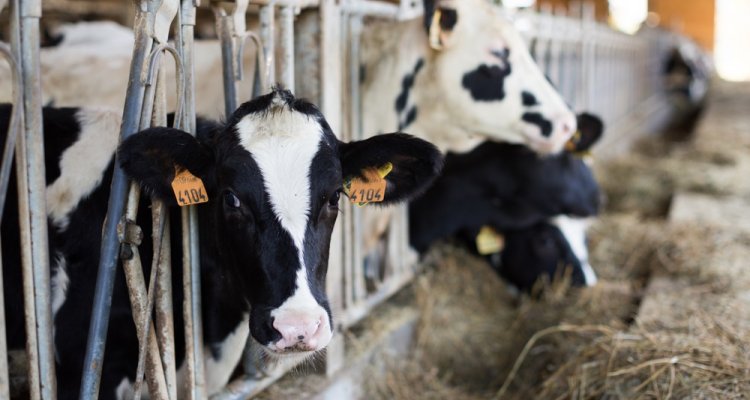
Project
Voedsel- en voederveiligheid en valorisatie van nieuwe en wettelijk beperkte reststromen voor diervoeder
Until 2030, major steps will be taken towards circular agriculture and circular economy. Legislation and regulations will have to be amended in order to be able to use (food) residual flows more often as animal feed. Permission to process prohibited residual flows in animal feed will only be granted if the preconditions for feed and food safety are met and maintaned in a sustainable manner.
Circularity
The agricultural system must be considered as a whole, whereby raw materials from each other's chains and residual flows from the food industry and food chains such as crop residues, food residues, process waste, manure, compost etc. are reused or processed into new (auxiliary) products. Unused or underused residual flows, legally permitted or legally restricted, are part of the inventory within this project in order to contribute to circularity. New knowledge, insights and technologies will enable the Netherlands to maintain its knowledge and production lead and strengthen the position of the Netherlands as a developer of integrated solutions for sustainable food systems.
Circular agriculture plans for 2030
In order to realize the circular agriculture plans for 2030 formulated by LNV, it is necessary to prevent soil depletion, preserve and improve biodiversity, reduce CO2 and other greenhouse gas emissions and at the same time meet a good and safe food supply.
Residual flows
Successful application of unused or underutilized residual flows in animal feed does not only depend on proper food and feed safety. Recognition of the value of food, the socio-economic position of the agricultural entrepreneur and aspects such as the development of business models, nutritional value, impact on the environment and increasing support in the agricultural sector and consumer markets are also of great importance. However, the current project focuses on food safety, investigating two lines of research:
- Safe processing of residual flows, which do not contain animal proteins, in animal feed within the framework of the law;
- Safe processing of residual flows, which contain animal proteins, in animal feed in support of any relaxation or amendment of the law.
The starting points are currently known developments, existing preconditions and recently acquired knowledge. This concerns the current legal framework, in particular a number of implementing provisions as contained in Regulation (EC) 142/2011, the current state of affairs regarding the detection and identification of animal species in food and feed products, detection of pathogens and the results of EU funded REFRESH project.
Publicaties
-
4p5: Time for a TSE road map 3?
-
Food and feed safety and valorisation of new and legally limited former foodstuffs for animal feed
-
Ongebruikte reststromen bieden mogelijkheden voor diervoeder
-
Digestibility of eggshell products in broiler diets
Wageningen: Wageningen Livestock Research (Report / Wageningen Livestock Research 1459) -
The use of animal by-products in a circular bioeconomy : Time for a TSE road map 3?
Heliyon (2023), Volume: 9, Issue: 3 - ISSN 2405-8440 -
New approaches for safe use of food by-products and biowaste in the feed production chain
Journal of Cleaner Production (2023), Volume: 388 - ISSN 0959-6526